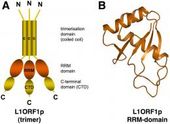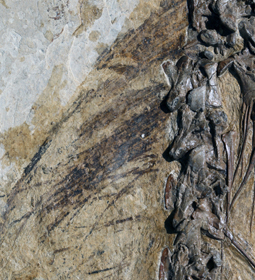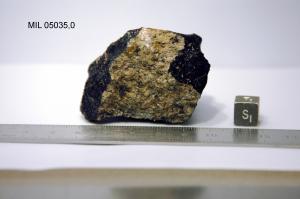
The so-called LINE-1 retrotransposon is a mobile genetic element that can multiply and insert itself into chromosomal DNA at many different locations. This disturbs the genetic code at the site of integration, which can have serious consequences for the organism. On the other hand, this leads to genetic variation, an absolute prerequisite for the evolution of species. The structure of the L1ORF1p protein now allows a much more precise investigation of the mechanism of LINE-1 mobilization. This provides new insight into the relation between retrotransposons and retroviruses and probably also into certain evolutionary processes in humans and animals.
Moreover, the researchers assume that the mechanism of LINE-1 retrotransposition can be exploited one day to precisely insert genetic information into specific locations. This would be an alternative to contemporary, less location-specific methods that are based on a retroviral mechanism. (PNAS, January 20th, 2009)






